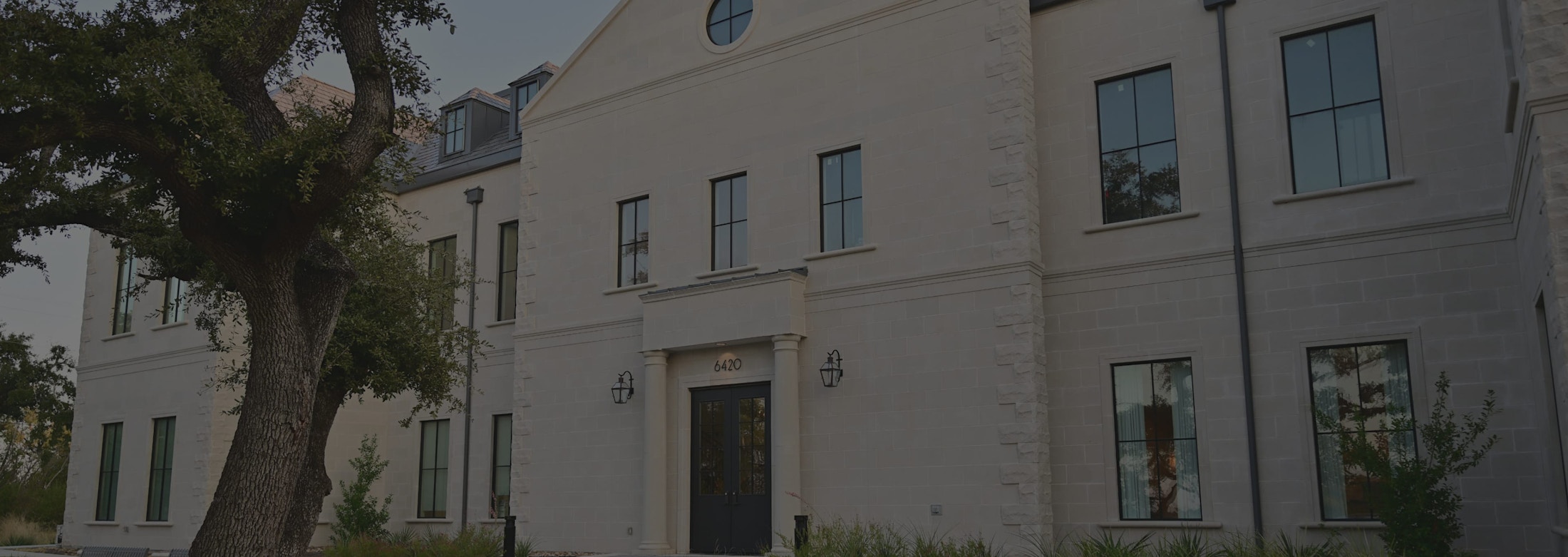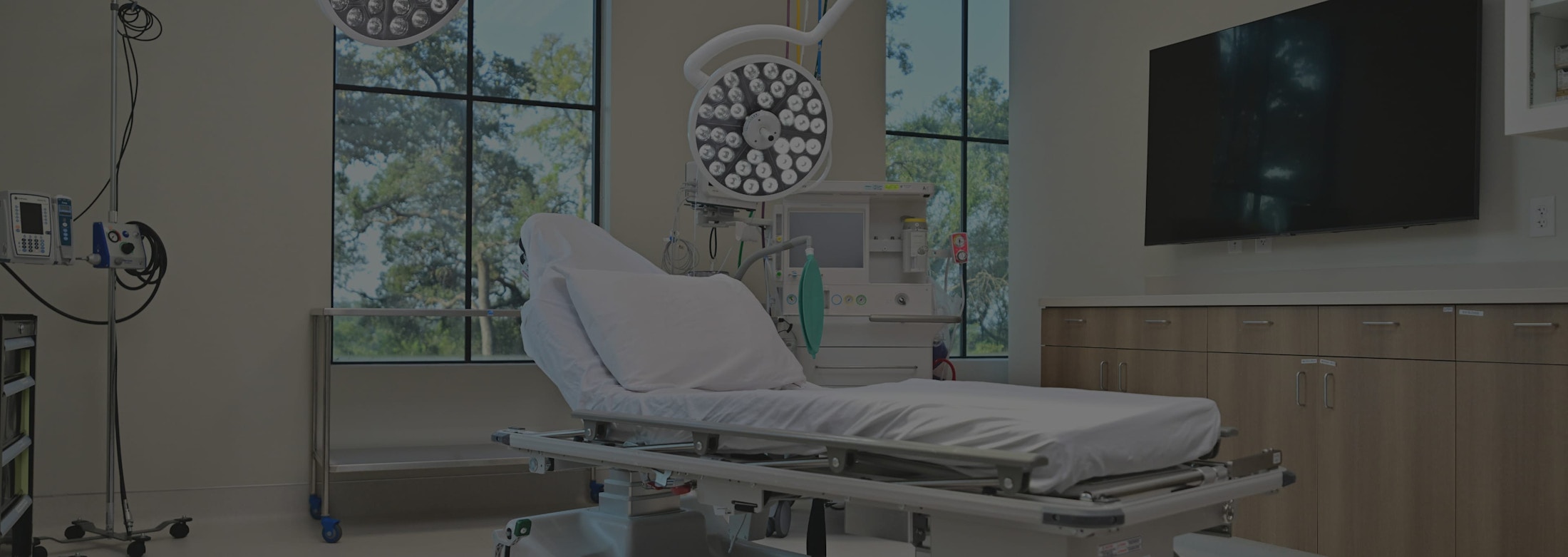Surgeons at the Buckingham Center for Facial Plastic Surgery offer otoplasty solutions for people in Austin, TX and the surrounding areas.
What Is Otoplasty?
Otoplasty, often referred to as ear pinning surgery, is performed to reshape or reposition prominent ears. It is commonly used to correct protruding ears, reduce the size of overly large ears, or address other ear deformities. Otoplasty can be performed on both children and adults and is typically done to improve the appearance of the ears or to correct congenital ear abnormalities. Otoplasty can have a significant impact on a person's self-esteem and confidence. Our surgeons recommend scheduling a private consultation at the Buckingham Center to determine candidacy for ear surgery.












